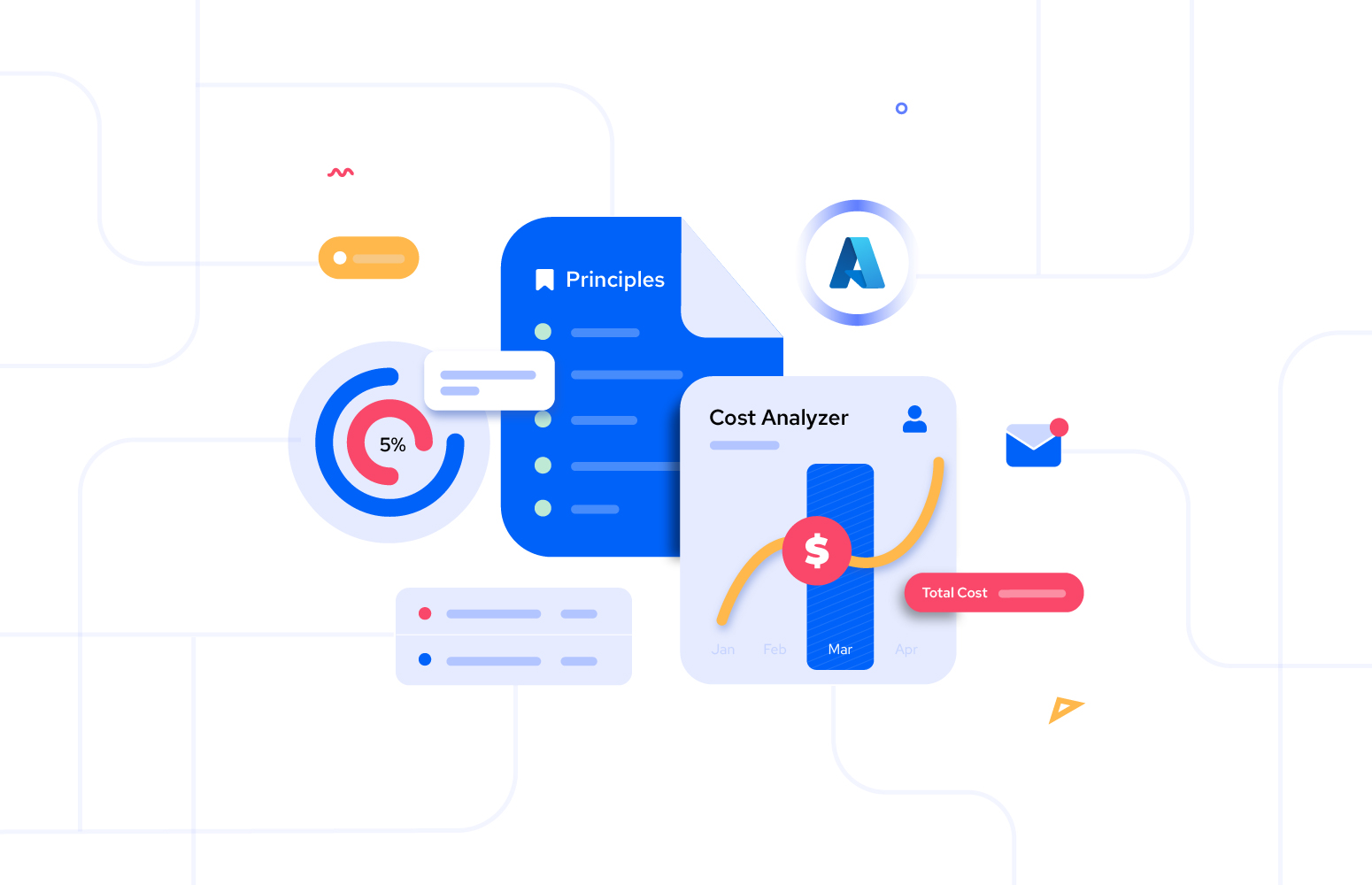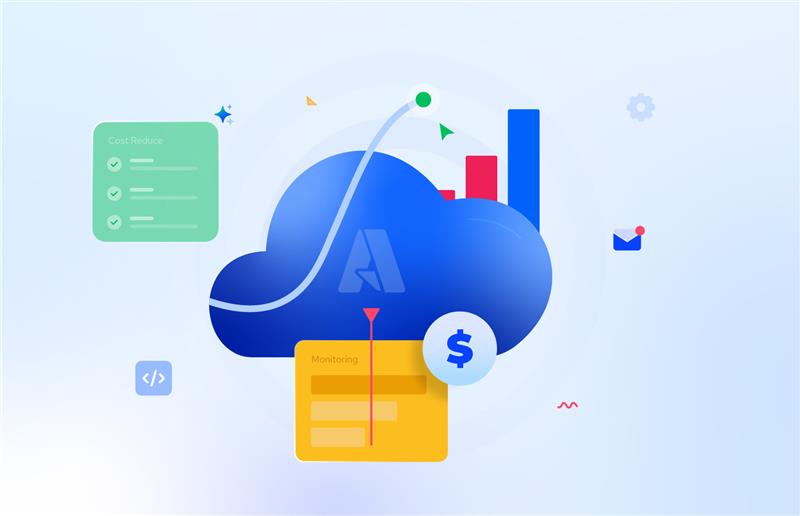FinOps, short for Financial Operations, is not just a term but a transformative approach that combines finance, operations, and engineering teams. At its core, it empowers organizations to take control of their cloud spending, optimizing resources while aligning seamlessly with business goals.
Threefold approach to Azure FinOps Journey
The significance of Azure FinOps lies in its ability to bring clarity to cloud computing spend, enabling businesses to make informed decisions, allocate resources judiciously, and ensure every dollar spent aligns with strategic objectives. It’s more than a strategy: it’s a cultural shift, leveraging collaboration and communication across traditionally siloed teams.
Embarking on the FinOps journey involves a threefold approach, each facet contributing to a harmonious blend of cost optimization, financial accountability, and operational efficiency.
Cost Optimization
- Optimizing your resource usage is essential for cost efficiency: identifying idle resources, such as unused storage or inactive virtual machines, is much similar to turning off lights in an empty room (at the same time saves money, energy, and carbon emissions).
- These practices need proper handling and procedures, especially within large organizations where thousands of users forget their premium disks or keep them “just for extra backup.” Right-sizing virtual machines, and in general, any service involves tailoring resources to actual needs, avoiding overprovisioning, and making architectural and technical tradeoffs that are not simply financial decisions.
Read more: 6 Best Azure FinOps Tools for Cost Optimization
Financial Accountability
- Financial accountability forms the backbone of FinOps, and it’s about setting the stage for responsible cloud spending. Tracking and reporting on costs is a key element, but establishing clear financial responsibilities and chargebacks means being able to act on cost-saving initiatives, comes time.
Operational Efficiency
- Operational efficiency means being able to automate processes and workflows, streamlining actions seamlessly in a continuous cycle of improvement. Utilizing Azure cost management tools empowers teams to build and refine their financial infrastructure. Governance and compliance are the essential elements that establish policies and controls to align cloud activities with organizational objectives and regulatory requirements.
- Once your company has tackled cost management and optimization, the realization this needs to be embedded in a governance process will trigger proper alignment and adoption of FinOps practices using Azure Policies, Tagging and Management Groups.
6 Azure FinOps Principles to optimize Cloud Spend
FinOps best practices, as defined by the FinOps foundation, are based on a set of principles aimed at optimizing cloud spending and ensuring financial accountability. The principles of FinOps are:
1. Collaboration between teams
Continuous collaboration between finance, operations, and engineering teams to align cloud usage with business goals.
2. Value-Driven Decisions
Decisions are driven by the business value of the cloud. The Azure platform is for innovation and companies should define their own KPIs to drive this logic forward.
3. Cloud Ownership
Everyone takes ownership of their cloud usage and implementing a robust tagging system for resources facilitates cost tracking and accountability. Automation of processes, such as auto-scaling and rightsizing, ensures efficient resource utilization.
4. Instant Accessibility
FinOps data should be accessible and timely to ensure regular monitoring, analysis, and forecasting of cloud expenses helping to identify areas for optimization.
5. A centralized team drives FinOps
Establishing clear financial policies and implementing a culture of cost awareness among teams contribute to effective FinOps. Ongoing education and training on cloud cost management practices are crucial for maintaining a proactive and adaptive approach to the ever-evolving cloud environment.
6. Take advantage of variable cost model
Take advantage of the variable cost model of the cloud. Which means using only what is needed at the time it is needed. Embarking on a successful FinOps journey involves a three-phase approach to ensure effective cloud cost management.
In the initial phase of conducting a cost assessment, organizations are encouraged to meticulously identify cost drivers and potential savings, setting clear cost optimization goals for targeted efficiency.
The subsequent phase focuses on establishing robust cost governance, where defining budget limits and thresholds provides a structured financial framework. Simultaneously, implementing cost control measures ensures proactive expense management.
In the final phase, leveraging Azure cost management tools is key. Utilizing Azure Cost Management and Billing grants real-time visibility, while exploring Azure Advisor recommendations offers tailored insights for continuous optimization.
By following these implementation best practices, companies can foster a culture of financial accountability, optimize resource utilization, and enhance overall operational efficiency. The benefits of this approach are immediate: companies not only gain full control of their cloud spend but every technical (and so financial) decision is now taken in the interest of business goals and overall better usage of the innovation platform.
Read more: Top Azure FinOps Best Practices You Need to Know
Conclusion
In conclusion, embracing FinOps principles is not merely a financial strategy but a transformative approach to managing cloud operations. As technology landscapes evolve, the adaptability of the FinOps framework ensures a proactive response to changing needs and emerging challenges. In the fast-paced world of public cloud, FinOps adapts and grows, ensuring companies not only keep up with the pace of innovation but stay ahead of the curve.











